That is just a worn out chain TBH. Velodrome track cyclists – where the big guys race bicycles at top levels – regularly post in the 2500 - 3000 watts range for race events.
When a chain starts to get gritty-greasy it is either time to take it off an wash it properly or replace it. Generally, that greasy state is from junk mixing with the oil to form something like a congealed grease. It is bad bad for this to happen. In heavy equipment like excavators, loaders, and bulldozers, this congealed junk in bearings is a big problem. If oil or grease is thought of like milk, this state is like congealed spoiled milk. It does not create a film to separate metal on metal contact and that causes grinding and failures like this.
One other common mistake people make is wiping a chain to service it, or using one of those stupid chain washer brush tools. The issue is that the chain consists of peg like pins and an outer free spinning roller over each pin. The chain may seem dirty on the outside, but what you see is not what matters. What really matters is the condition of what is under each roller. No matter what you do, pushing grit into the roller’s clearance is far worse than the appearance on the outside. The outside becomes a problem when you go to oil the chain and some grit floats into the roller clearance.
When working in a bike shop with a proper fluid parts washing station, one learns the difference quite clearly. When a chain is scrubbed using hot solvent and submerging it, the chain can be completely cleaned effectively inside and out. Doing this regularly at around 600 mile intervals tripled the life of my chains when I worked in bike shops.
You can still achieve the same basic thing at home. Just use acetone in a soda bottle. Put the lid on and shake a whole bunch. Then let it settle before removing the chain. Alternatively, just replace chains when they get super dirty like this.
Lastly, there are some super cheap Chinese bike chains that are shipped without proper grease; yes, most chains start with a very light grease. I believe those ship with some kind of assembly lube like how industrial equipment parts are shipped. Assembly lube is not an actual endurance lube. It is for preventing basic galling and preventing oxidation. Those chains break super easily. I snapped one in Under 1k miles even with regular high end chain lube.
The way your broke, it was likely in a shuttle position between cassette cogs when you applied a lot of power. The chain is slightly twisted in that transition and could have sheared plates like this. It doesn’t appear to have snapped. I’m not sure how a snap would feel on a powered bike. On road, you’ll be at the peak of the down stroke on one leg when a chain snaps, and it is so much force and weight distribution letting go instantly that you’re lucky if you do not go over the bars or fight the ground. It isn’t intuitive just how much force a roadie’s legs are actually putting down until they break a chain. Those are not fun.






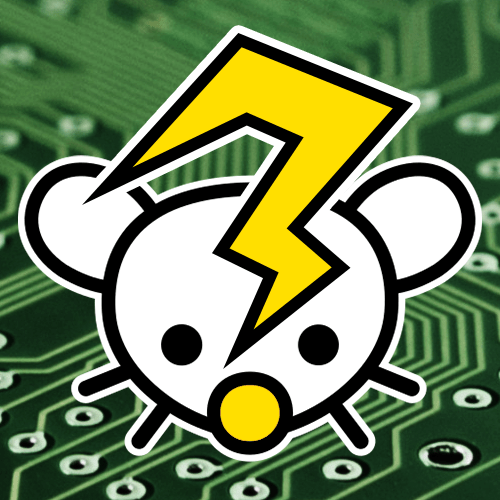

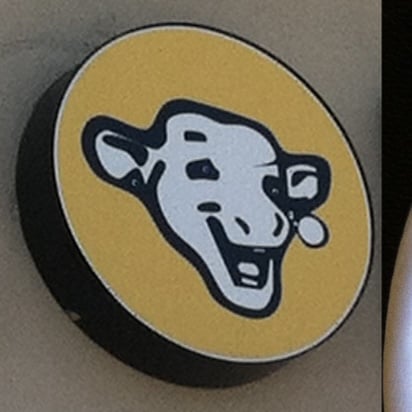








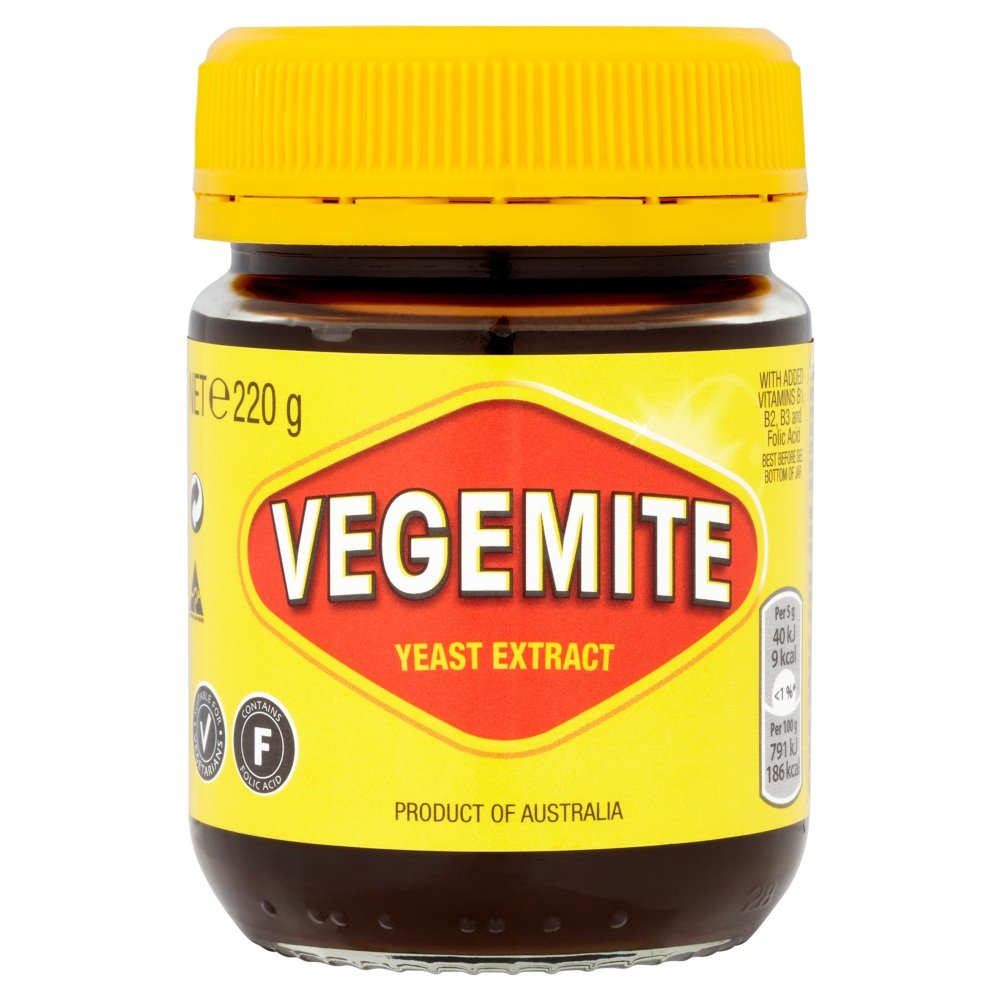



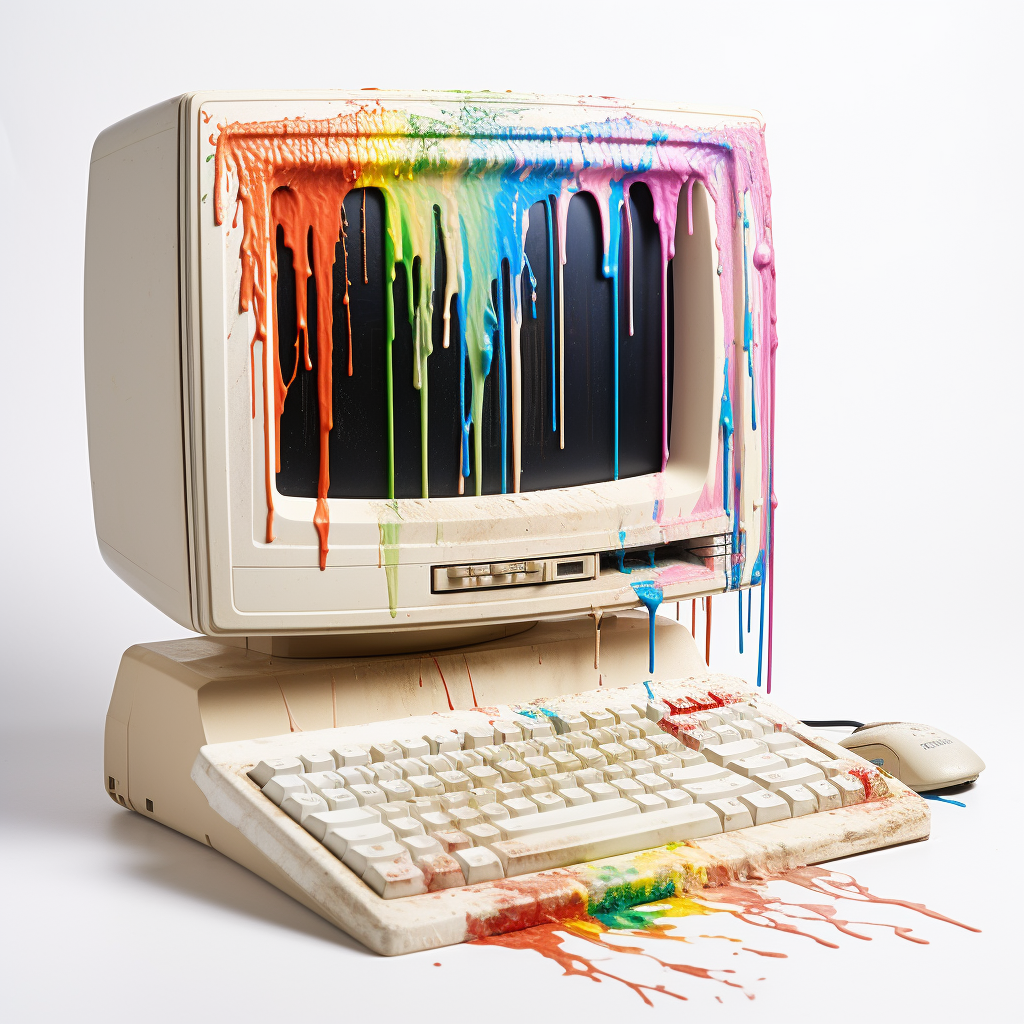

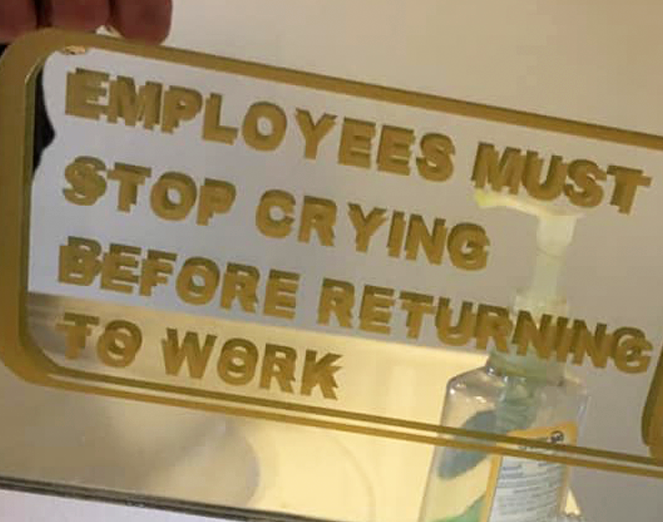




You are on Mint, so it is more of a Long Term Support LTS distro. The thing to understand is why LTS actually exists in the first place. The underlying reason for LTS kernels is so that anyone can create a server that is connected to the internet and uses simple high level scripts to connect software and do useful stuff. Many types of software are constantly in a state of flux that break backwards compatibility. Actively developed software in the open source world often stays up to date with the latest packages. Other distros like Fedora or Arch stay up to date in the latest software. If you write a script on a server that runs one of these distros it will likely require regular maintenance. If you write the same script on a LTS kernel distro, your script is likely to work the same for years without any need for intervention. In this LTS arrangement, kernel maintainers are committed to back porting any security patches required for the packages they include in the distro. Some of these packages may already have their own independent commitment to never breaking backwards compatibility. These will still get updated regularly in a LTS distro.
So the choices the Mint packagers are making are centered around LTS like stability. Many of the packages may be outdated especially in the glue and obscure edge case software in the native software repository. You may need to manually add sources to get newer versions in the package manager.
This fundamental understanding of what a LTS kernel means is key to understanding Mint overall, and by extension the reason most distros exist; they all have a niche purpose.